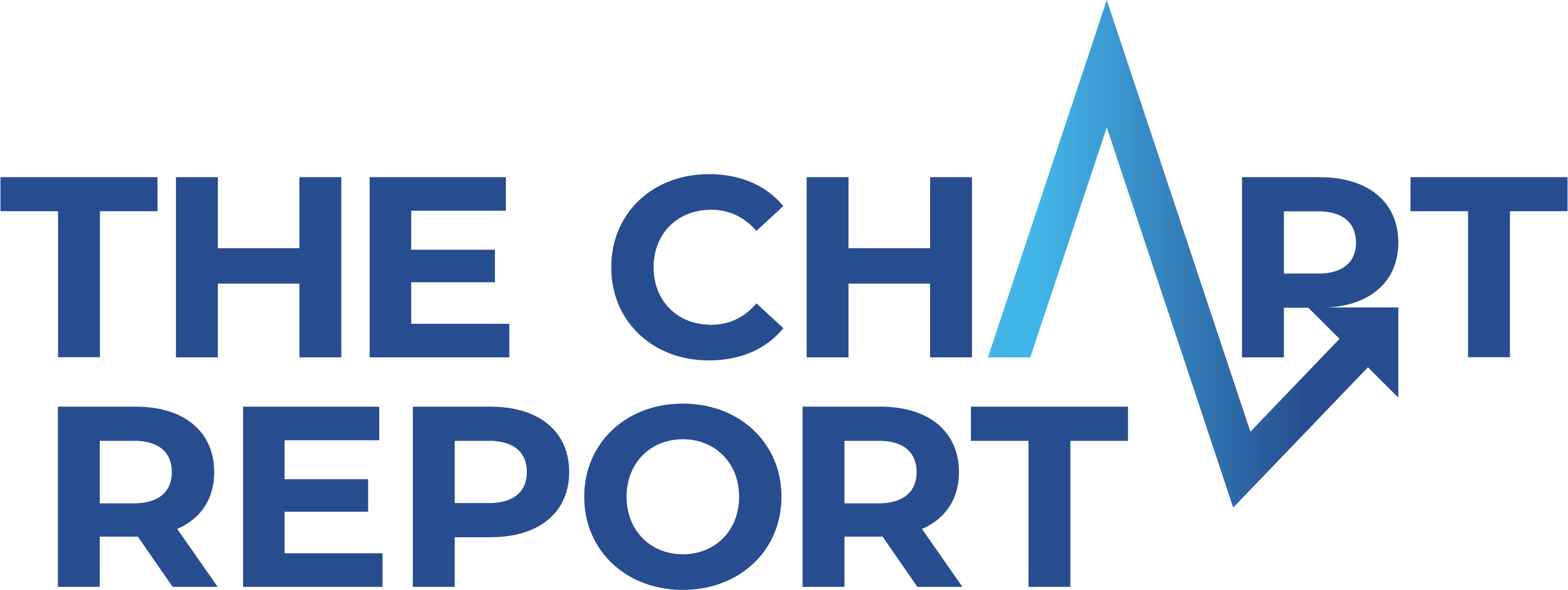At The Chart Report we pride ourselves on covering the most robust trends in asset classes around the globe. However, something we don’t discuss too often is trendless markets, like the ones major US and World Equity Indices have been stuck in for over 16-months. This rangebound action is illustrated well by the MSCI All-Country World Index (ACWI) in the chart below. Notice the flat 200-day moving-average and lackluster momentum, both characteristics of a trendless market.
With all the equity market volatility recently, many market participants are wondering if they should buy the dip while just as many others are contemplating pressing their shorts. I can’t help with that. It all depends on your investment style and time horizon as different approaches suit different investors and trends vary across timeframes.
What I can do is offer a different perspective entirely.
When Nothing is the Best Thing
It’s often a question of long vs. short or buy vs. sell in many Investors’ minds. As humans, we feel the need to be invested. We hate being on the sidelines. We feel left out, bored even. But it doesn’t always have to be such a binary decision, there is a 3rd option – it’s called cash. Moreover, we don’t always have to take action in our portfolios, buying and selling and re-allocating on each new headline like some news outlets might suggest. There’s a 3rd option here too – sitting tight. Sometimes doing nothing is the best thing. Especially in a choppy, sideways market like Equities are in.
Behavioral Finance expert and CMT, David Keller of Sierra Alpha Research, shared a video on his YouTube Channel today called “Inaction Over Action.” He discusses the value of doing nothing and how difficult it can be for investors as they often “think of investing as taking action.”
Keller shares the following three insightful quotes to help make his point:
“One of the lessons of history is that nothing is often a good thing to do and always a clever thing to say.” – Will Durant
“Wall Street is rewarded for activity; my shareholders and I are rewarded for inactivity.” – Guy Spier (Check out his Nine Rules for Smarter Investing. It’s a great read!)
“The stock market is designed to transfer money from the active to the patient.” – Warren Buffet
Keller goes on to say that “in reality, a lot of investing is honestly really boring because you shouldn’t be doing a whole lot if you’re doing it right.” This is sage guidance and a lesson that many investors and traders unfortunately learn the hard way through over-thinking and over-trading. He suggests approaching your portfolio with the “default setting of doing nothing” and then “look for evidence that compels you to take action” from there.
When Cash is King
The bottom line is that during periods where signals are mixed and there are no clear trends or favorable setups to take advantage of, some investors are best served sitting on their hands. While there are always opportunities to exploit somewhere, no strategy is going to work in every environment. When conditions are favorable to your strategy, pressing it makes a whole lot of sense. When they aren't, we’re faced with the choice of trying to force our will upon the market or stepping back and waiting for those more advantageous conditions to present themselves.
This reminds me of advice the All Star Charts team has been echoing for a while now, as just today their Analyst, Tom Bruni, CMT wrote a post titled “Cash Works If You Let It.” Bruni’s been recommending investors stay patient and not force things as he believes the current state of US Equities is one of “extended themes that are not offering great reward/risk opportunities.”
Back in October, he wrote a similar post in which he posited that “as conditions change and the evidence becomes more mixed, a more neutral approach is appropriate” and to express this thesis “one of the simplest ways is to raise cash.” So, what would have happened if you moved into cash 16-months ago, just before the International Equity benchmark MSCI All-Country World Index (ACWI) peaked in January of 2018.
Returns from risk-free Treasury Bills (BIL +2.54%) have beaten the S&P (SPY +1.99%) by ~50bps over this period. Compared with ACWI and the Ex-US All-Country World Index (ACWX), T-Bills have outperformed by roughly 7% and 16%, respectively. Not only would you have done better in cash or short-term Treasuries, but you would’ve slept better and not had to deal with Q4’s drawdown. Would you have had the discipline to hold onto your position through the volatility?
When “I Don’t Know” is the Best Answer
And yes, the chart is the result of choosing a favorable starting point, but the point stands. Bruni explains why below, suggesting that when you lack conviction, “saying ‘I don’t know’ can often be the best answer.” He explains further that trying to trade a choppy market can do more than just monetary damage to market participants: “messy environments have a habit of destroying your physical and emotional capital, making it harder to capitalize on the trends that do eventually develop.” There is nothing wrong with putting some chips aside and letting the smoke clear. In light of the recent weakness and another failure by US Equities to reclaim all-time highs, I think this is a pretty timely reminder of that.
As David Keller would say, “it’s better to be on the ground wishing you were in the air, than in the air wishing you were on the ground.”




